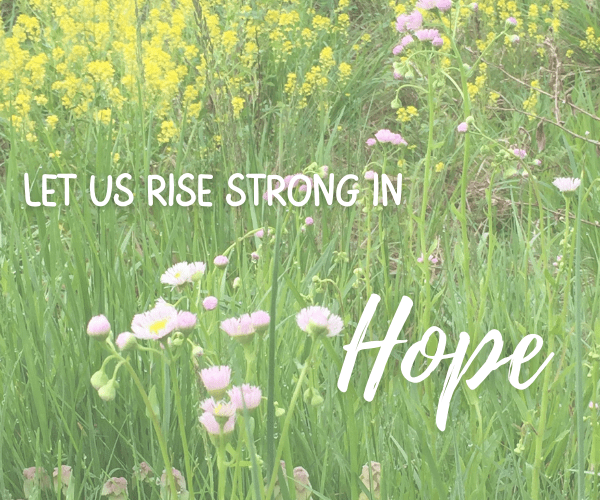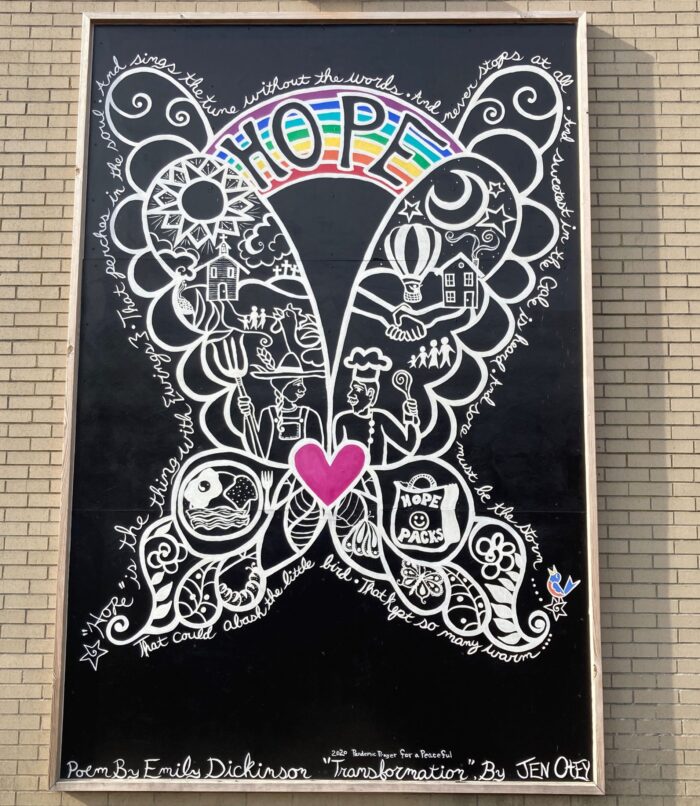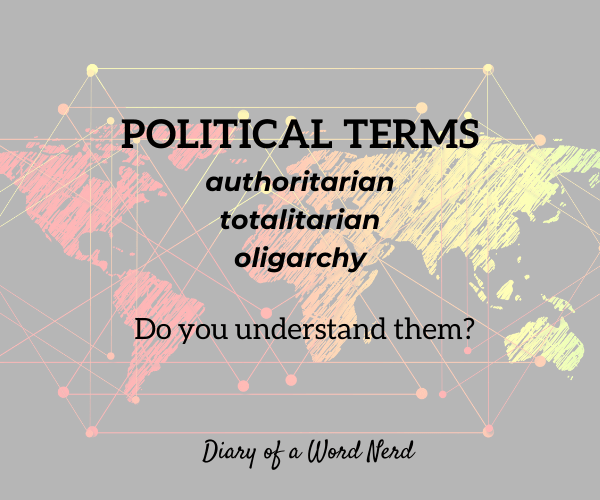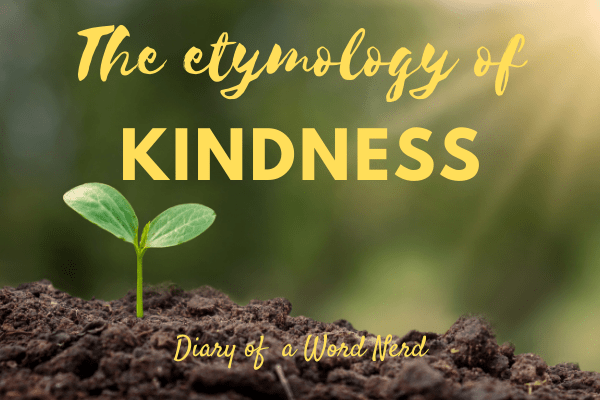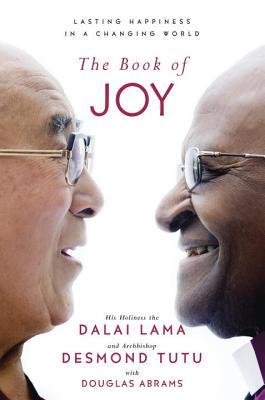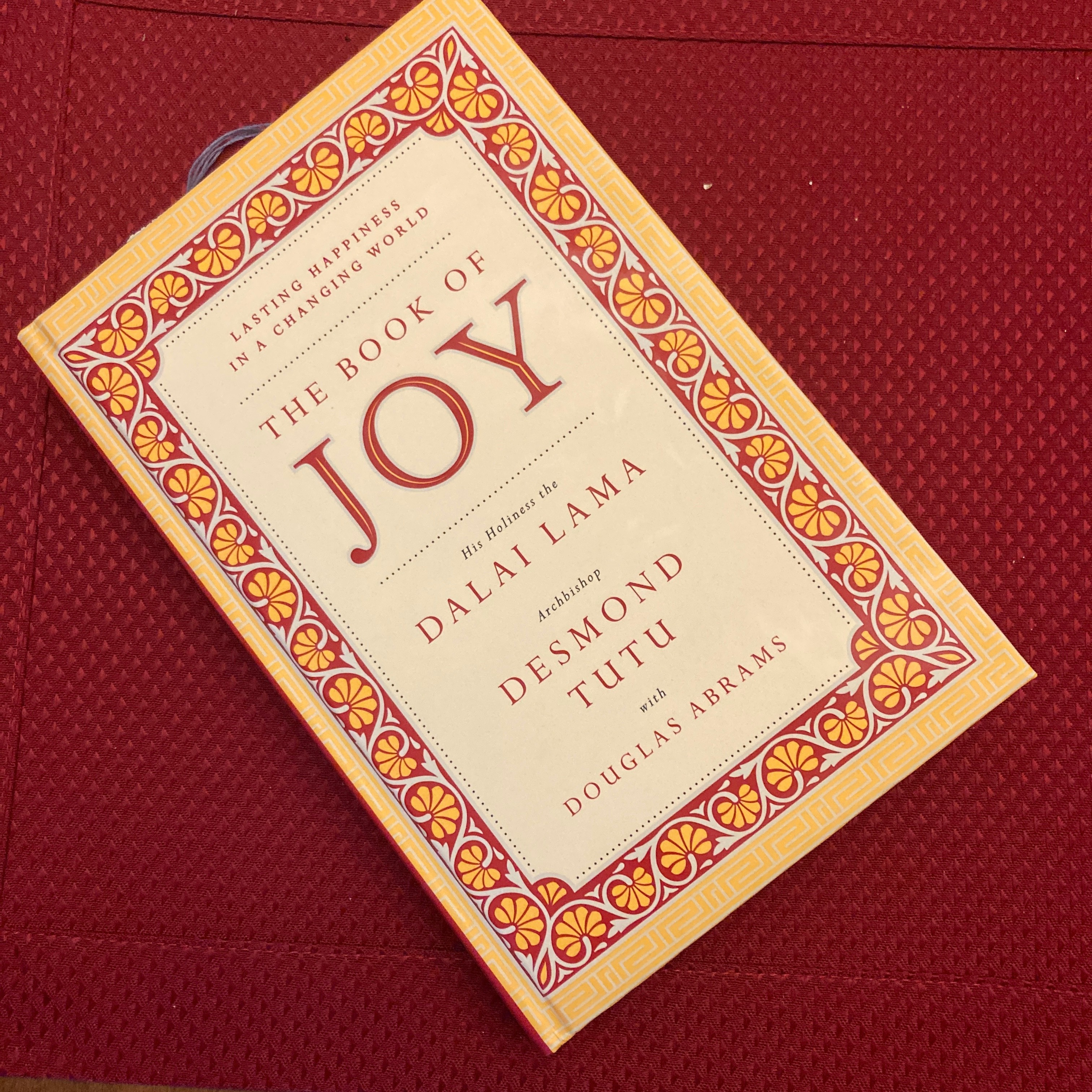I was waiting in line outside of a Bank of America branch mentally preparing to clean out my father’s safe deposit box. He had recently died, and I was in the throes of managing everything that comes with the death of a loved one. Tears came easily those days. I stood in my fragile state on the sidewalk in line behind three people, all of us wearing masks and spaced six feet apart, waiting for the branch to open.
While we watched, a man walked from the parking lot to the front of the line and looked through the tinted glass door into the building. He glanced at the posted hours of operation, and planted himself at the front of the line. A man ahead of me in line called to the man at the door. “Hey, you need to wait in line like the rest of us.” The man at the door turned and yelled, “I have an appointment” followed by several expletives.
“It doesn’t matter, you need to wait in line,” the man in front of me said. The man at the door narrowed his eyes and approached the man in line. “You don’t know who you are dealing with. I will kill you, man. Don’t mess with me.”
I have several silly anxieties – fear of heights, fear of closed in places, fear of snakes. But in that moment, my legs shook with terror. Hate and anger seeped from the men’s bodies and heated the air around us. A third man got in the middle of the confrontation and tried to calm things down. “It’s not that deep, ya’ll,” he said. I was grateful for his attempts to find peace. I was also terrified for him.
His reasonable words didn’t help. The two men continued to exchange threats until bank employees opened the doors to let customers in. I kept a safe distance from the arguing men, although at least three times, I heard the man from the door shout death threats to the man who had been waiting in line. The situation finally resolved when the angry man from the door was ushered off to a cubicle and the man from the line was helped at a teller window.
A bank employee gave me access to my father’s safe deposit box and escorted me to a private room for viewing its contents. I closed myself in the room and sobbed, for the loss of my dad, for my fear, for the tension between those two strangers.

We need common ground
We live in a world where hostility, anger, and aggression color our rhetoric and interactions. So many times, I think to myself, how do we move forward from this? How do we get past all of the hate and posturing?
Fortunately, I’m not alone. I see articles and podcasts with titles like “Finding Common Ground” and take courage. Once, our pastor, Lon Tobin, issued homework during his sermon: find someone who you don’t know or agree with and have a conversation with them. Not to prove or persuade them to see things your way, but just to appreciate the complicated person sitting next to you.
If only we could issue nationwide homework.
The media –social and print and broadcast- wants us to see people in one dimension at extreme ends of a hypothetical spectrum. If we believe what the media sells, people are either smart or totally idiotic. They are patriots or engaging in treason. They have high morals or they are heathens. That’s what sells. That’s what holds attention. And that’s exactly what fosters conflict.
But that’s not who we really are. Instead, we each embody a complicated mix of failure and success, intelligence and foolishness, compassion and reason. We rarely fit neatly into any category, yet we’ve lost our ability to appreciate nuance. To move forward, we must get that back.
How to create safe space
My college aged daughter has taken to using the phrase, “I tried to create space to have a discussion about this.” I love this idea of making space for differing opinions, for things that don’t get solved easily, for holding conflicting ideas in the same hand. We definitely need more space, but how do we create it?
When I try to see someone as a whole person, not a stereotype or derogatory nick name or political symbol, I think about what makes them human. What do we share? Admittedly, this is hard in a moment of conflict, but if we practice this when things aren’t tense, we will be more able to do so when they are.
What do we share?
First, we all have emotions, for better or worse. When someone displays anger or hostility, instead of getting defensive or reactive, we can think about what might cause the behavior. Anger and hostility often come from loss, and we can create safe space by acknowledging the wounds other people carry. We didn’t necessarily create them nor do we have to heal them, but we should recognize them. And remember that we carry our own wounds that sometimes manifest in ugly ways.
Which gets me to my next point. We are all flawed, physically and mentally. We all walk around in bodies that bring us joy and frustration. We can connect over illness, pain and limitations no matter our political affiliation or ethnic background. Our mortal bodies unite us.
We also have mental limitations. We are prone to misinterpretation and self-preservation. Our memory sometimes fails us, our emotions mar our judgement. We must accept this about ourselves, and, perhaps more importantly, about others.
Finally, we are all driven by love. We have friends and family we adore and respect. Maybe we are lonely and looking for love. Most of us know the acute pain of losing someone we care about. The entanglements of love are, fortunately and unfortunately, something we can all relate to. And another good place to start connecting.
Join me in creating space!
Maybe if the two men outside of that Bank of America branch could have stopped and thought about the needs, emotions, flaws, hurts of the other person, and acknowledged their own, they would not jumped to threats and hostility. Maybe not.
I couldn’t control them, but I can control me. I can approach every interaction with appreciation for the human being across from me – a person with valid emotions, wounds, and an imperfect body and mind, just like me.
How are you managing the hostility around us these days? Share your insights in the comments.
Thanks for getting nerdy with me!





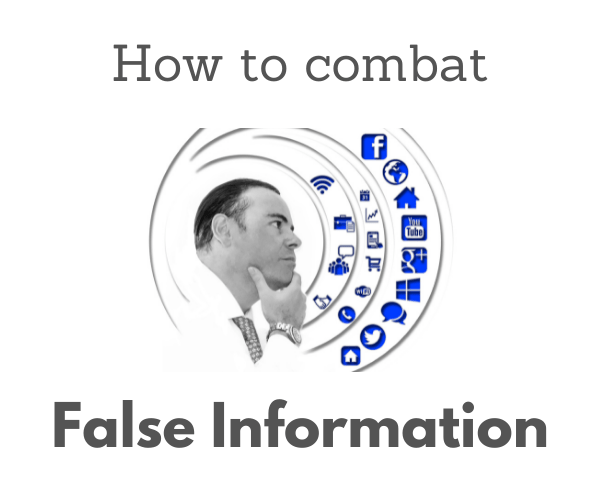

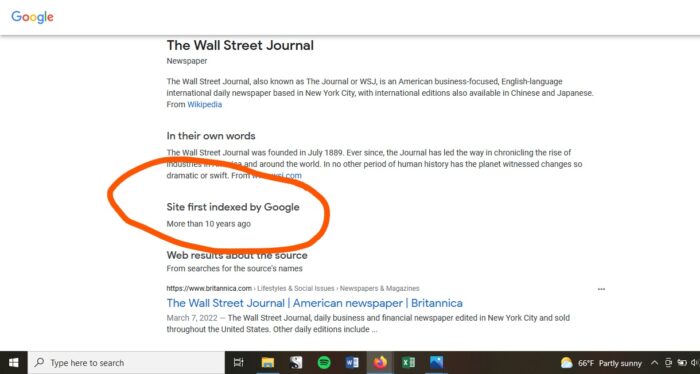
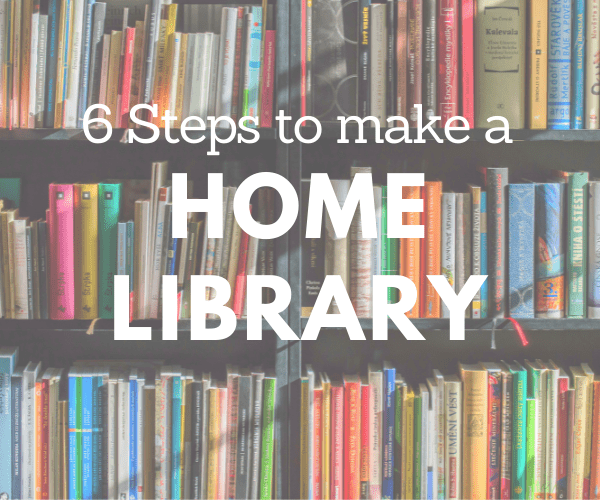
.jpg)
